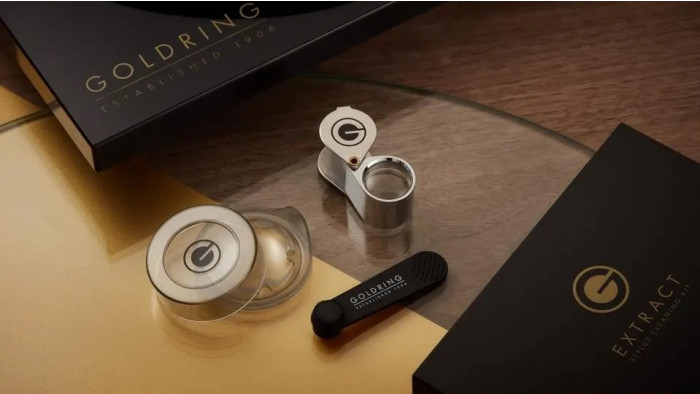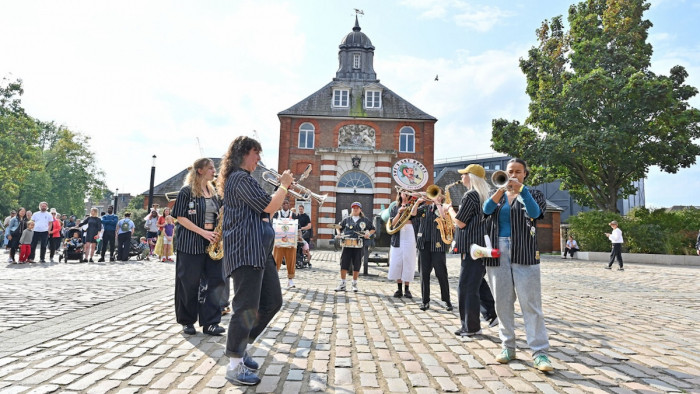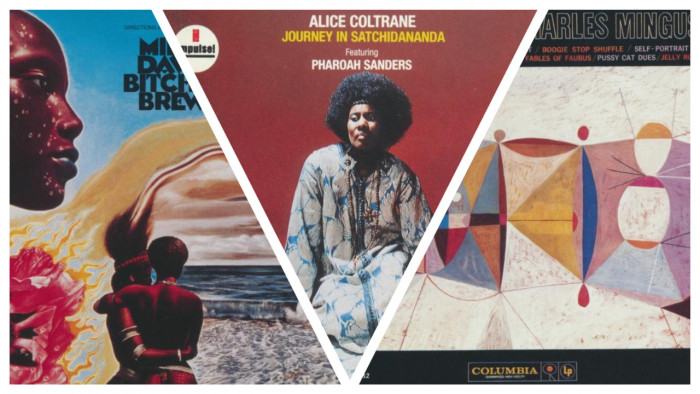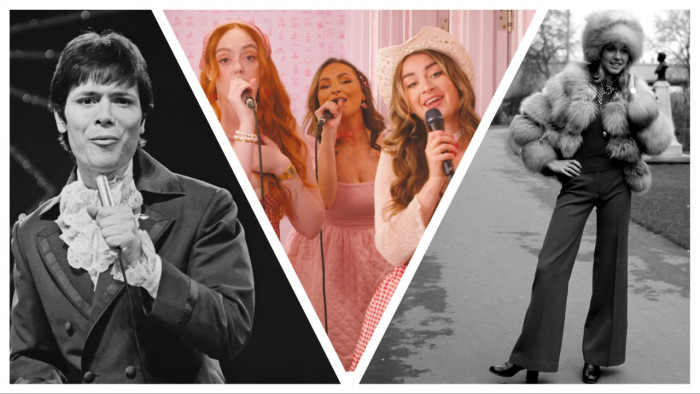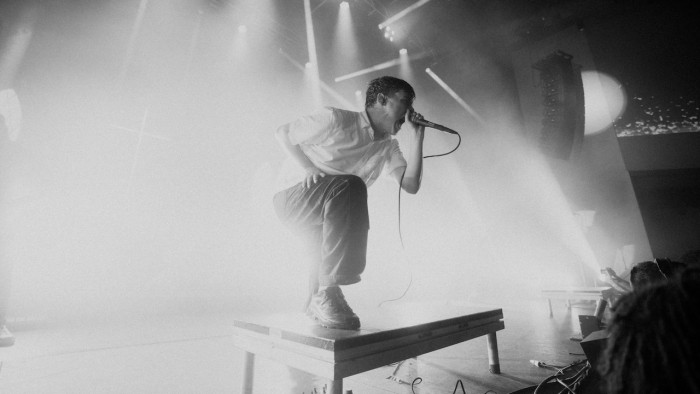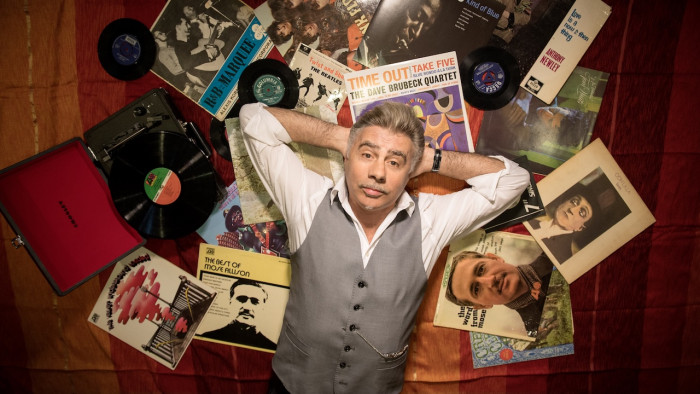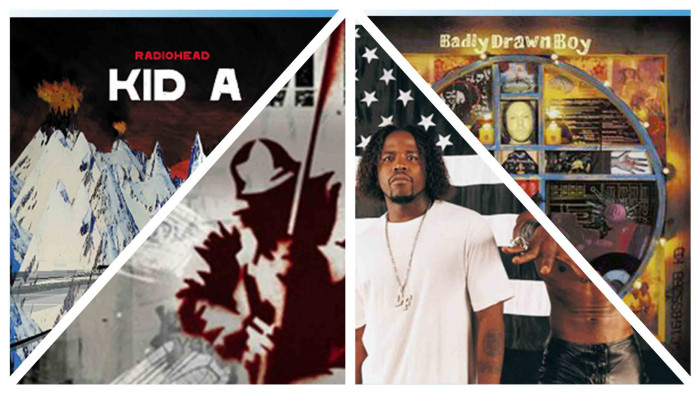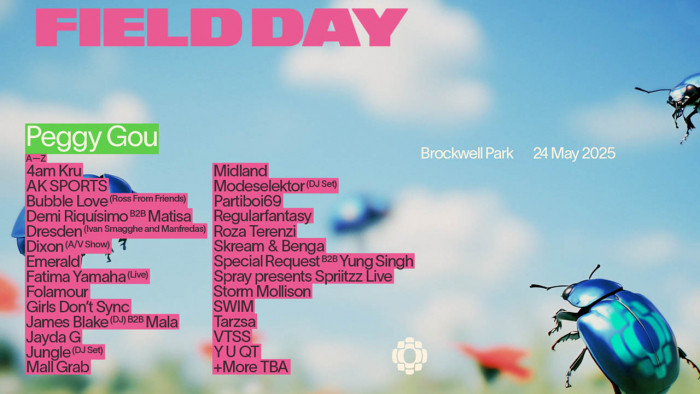The coolest albums of all time, ranked
Brilliant albums that just ooze cool: you need to listen to these before you die...

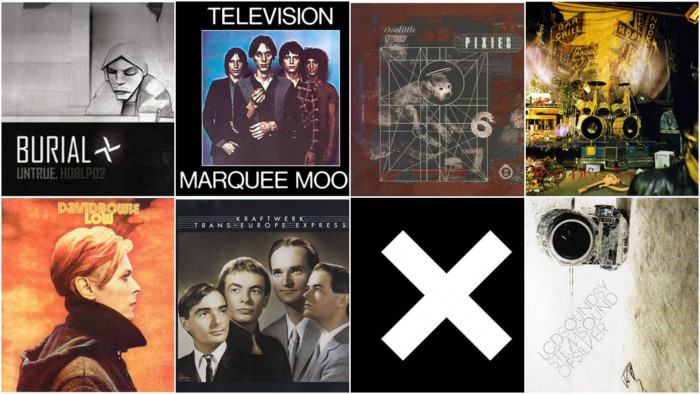
The cool factor — so mercurially acquired, so easy to lose. The undefinable magic that takes something from being merely good to legendary status, just by naming the coolest albums of all time we run the risk of denting that mysterious, must have accolade.
But, whatever, we’ve risked it anyway — here’s our picks of the coolest albums of time, consequences be damned.
That devil-may-care attitude goes some way towards answering the question “what is cool, anyway?”
It changes from year to year, generation to generation. One era's cool is rejected by the next in a cycle of renewal. And yet certain classic icons of cool seem to return to the spotlight, as if they define the very meaning of the term.
Take David Bowie. He had a couple of dodgy decades, sure, but to us he's an embodiment of coolness in the pop-rock arena. However, you'll find all sorts of interpretations of what it means below. We've brought together a lot of albums, from a whole lot of genres and eras.
Sure, cool can often be a spurious and amorphous object, some elements endure. But one thing’s for sure — these musicians didn’t give a flying F what the rest of the world thought of them — and our ears are all the happier for it. Your record collection will be seriously lacking in kudos without these coolest listens.
What have we missed? Any glaring howlers? Come on, folks, let us know below. Let the mud-slinging begin…
The coolest albums of all time

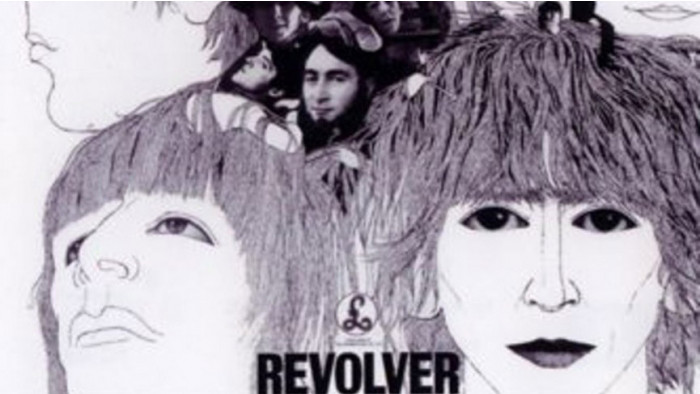
1. The Beatles: Revolver (1966)
Before 1966, it was tempting to think of rock’n’roll as a fad whose time would eventually fade. Three albums released that year put paid to that ludicrous notion. Firstly, the Beach Boys’ astounding Pet Sounds; secondly Bob Dylan’s majestic Blonde on Blonde, and, finally, the Beatles’ Revolver. All three legitimised the idea of the album as a valid artform and reduced the single to mere ephemera. Revolver remains the coolest of the triumvirate by dint of combining wild studio experimentation with bold ambition and melodic accessibility. Quite simply, an album for all ages.
Key track: Tomorrow Never Knows
Image Credit: Apple Records

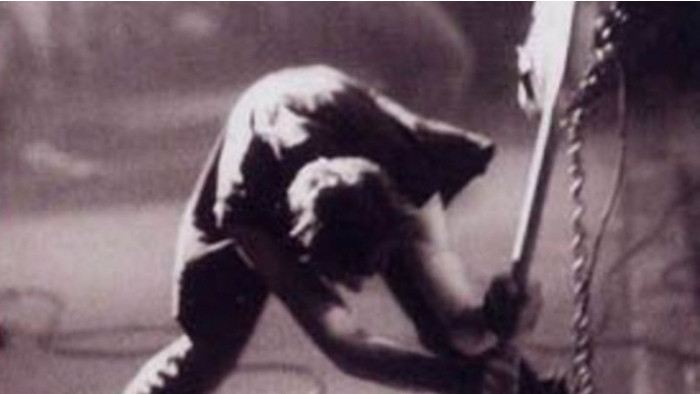
2. The Clash: London Calling (1979)
Sometimes familiarity can dull an object’s freshness. That is certainly not the case with London Calling. Displaying a sonic bravado that shamed many of their peers, The Clash decided to reach for the stars with their third album. They achieved this by simultaneously reaching back to rock’n’roll’s varied roots – such as rockabilly, ska and R&B – and looking to the future. As such it’s a magnificent and innovative call to arms, and one that hasn’t lost any its lustre down the years.
Key track: Clampdown
Image Credit: CBS

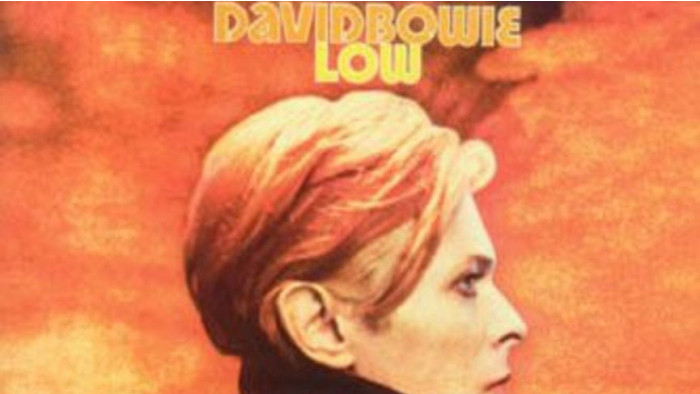
3. David Bowie: Low (1977)
Picking the coolest chap in music might seem like a thankless task, but David Bowie makes it easy. No one has displayed such musical dexterity or confounded as many critics as the man christened David Jones. Low, the first of his so-called Berlin Trilogy, is a case in point. Utterly out there in terms of brutal electronic minimalism and yet driven by a pop aesthetic, it spoke to everyone from Joy Division to the Human League in giving rise to the electro-pop revolution of the late Seventies and early Eighties.
Key track: A New Career In A New Town
Image Credit: RCA

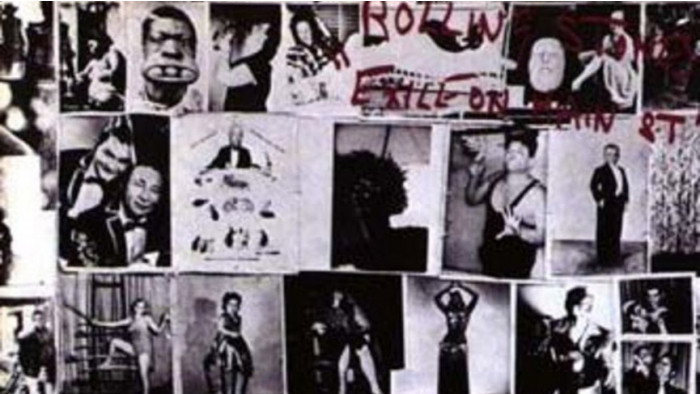
4. The Rolling Stones: Exile On Main St (1972)
Everything that straight society considered wrong (ie what makes it so freaking great) with rock’n’roll is encapsulated in the Rolling Stones’ finest moment, Exile On Main Street. Led by Keef, the Stones constructed a double album that haphazardly, and in endearingly louche fashion, touched upon country rock, soul, gospel and blues. The pace of the album is slower than on previous Stones albums – all that high living on the French Riviera no doubt – and the music takes its time to reveal its bountiful charms, but its ragged glory is the exact source of its clout. And for that we are truly grateful.
Key track: Torn and Frayed
Image Credit: Rolling Stone Records

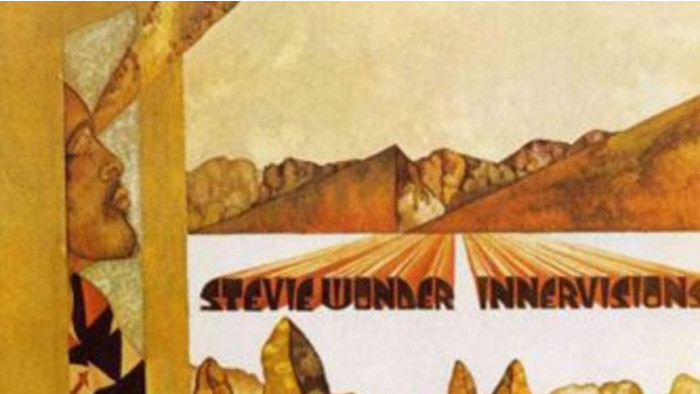
5. Stevie Wonder: Innervisions (1973)
Of course it could easily have been Music of My Mind, Talking Book, Fulfillingness’ First Finale or Songs in the Key of Life, the albums that directly preceded and followed Innervisions. This run of five albums, in which Wonder displayed the full gamut of his talents as producer, arranger, composer and, of course, musician, is arguably the finest in the history of recorded music. Why Innervisions, then? It’s the most cohesive body of work in an unparalleled career.
Key track: Living For The City
Image Credit: Tamla

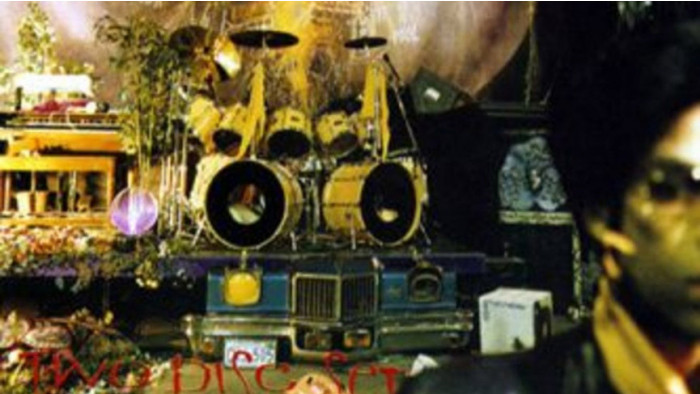
6. Prince: Sign ‘O’ The Times (1987)
Double albums are, by their very nature, unapologetic contradictory affairs. Rock’n’roll was meant to be short, sharp and direct. Records that take up four slabs of vinyl (ask your dad) can’t achieve this. What they can deliver, however, is lurid invention; a space in which an artist can fully express their vaulting ambition. Sign ‘O’ The Times is such an album – everything Prince was notorious for packaged in one (or two if you want be pedantic) remarkable record. No other album came close to capturing the late Eighties maelstrom.
Key track: Sign ‘O’ The Times
Image Credit: Warner Bros

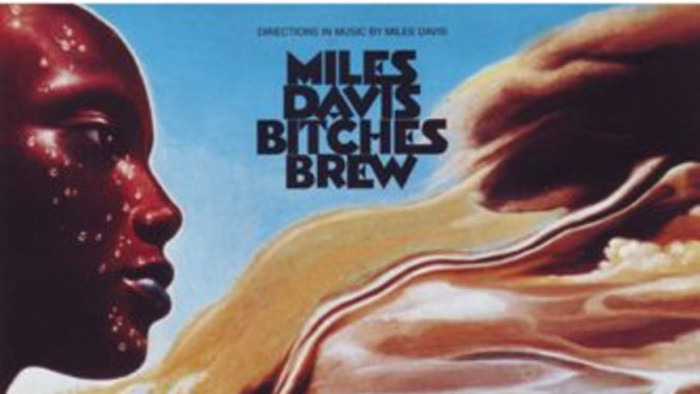
7. Miles Davis: Bitches Brew (1970)
How cool was Miles Davis? He was a key player in untold musical movements, inspired everyone from Sly Stone to John Lydon and led a life rich with colourful hedonism. Pretty cool then, as his 1957 album, Birth of the Cool laid bare. His finest album, though, was 1970’s experimental avant-garde masterpiece, Bitches Brew. Inspired by the likes of Hendrix and Sly Stone, its improvised quality and crossover appeal gave birth to jazz fusion. A challenging, at times impenetrable listen, it remains a benchmark in modern music.
Key track: John McLaughlin
Image Credit: Columbia

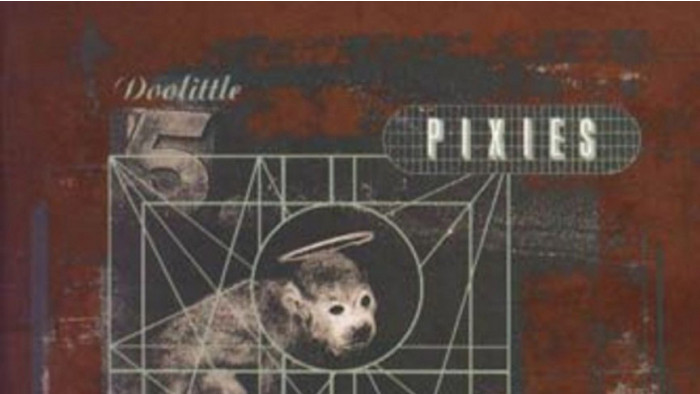
8. Pixies: Doolittle (1989)
The Pixies’ second (proper) album is that rare beast: a record that got journalists and fans alike delivering all manner of critical hosannas upon its release, and one that evokes even more praise today. Alongside REM and Sonic Youth, Pixies did most to revitalise American rock in the late Eighties and Doolittle was the apogee of their stellar career. An acknowledged influence on Nirvana, it combined underground credibility with hooks-a-plenty.
Key track: Monkey Gone To Heaven
Image Credit: 4AD

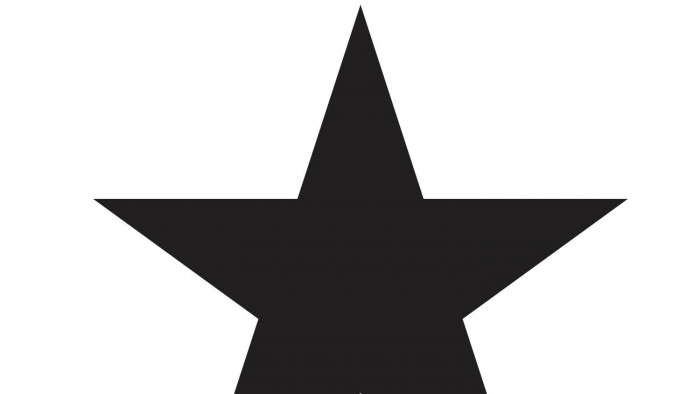
9. David Bowie: Blackstar
Devastating in its timing, Blackstar will always be remembered as the album Bowie released when he knew he wasn't going to be around much longer. While this could - and should - shroud these songs in darkness, the swagger and Jazz-tinged menace the album has resonates far beyond this being Bowie's final record.
Image Credit: Columbia

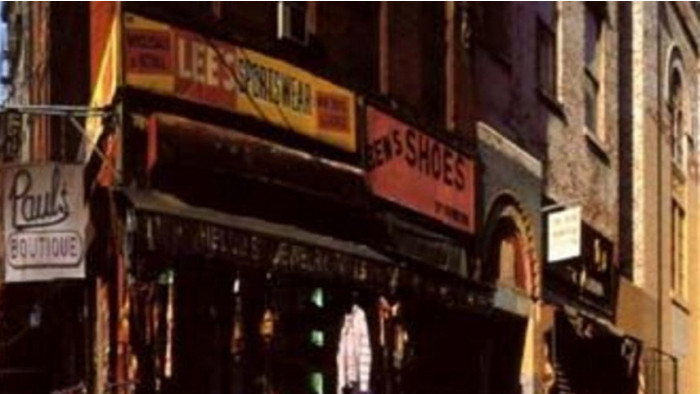
10. Beastie Boys: Paul’s Boutique (1989)
After the furore that surrounded their debut album, Licensed To Ill, it was tempting to dismiss the Beastie Boys as attention-seeking brats. Which partly goes to explain why so many missed out on the luminous excellence of their follow-up, Paul’s Boutique. Ushering in the next decade’s magpie musical tendencies, the album is an excitable masterclass in sampling and multi-layered beats. It also demonstrated that Mike D, Ad Rock and MCA were actually skilled hip hop luminaries in it for the long haul.
Key track: Hey Ladies
Image Credit: Capitol


11. Massive Attack: Blue Lines (1991)
It’s impossible to overstate how important Massive Attack’s debut album was. Arriving after the first flush of acid house, it was a uniquely British take on what was hitherto ostensibly black American music – hip hop, rare groove, soul, funk and the like. Its symphonic grandeur, deft cut’n’paste aesthetics and resolutely street imagery spoke to a generation of club kids. It also helped usher in every musical movement from trip hop to drum’n’bass and broken beat to dubstep.
Key track: Unfinished Sympathy
Image Credit: Wild Bunch / Virgin

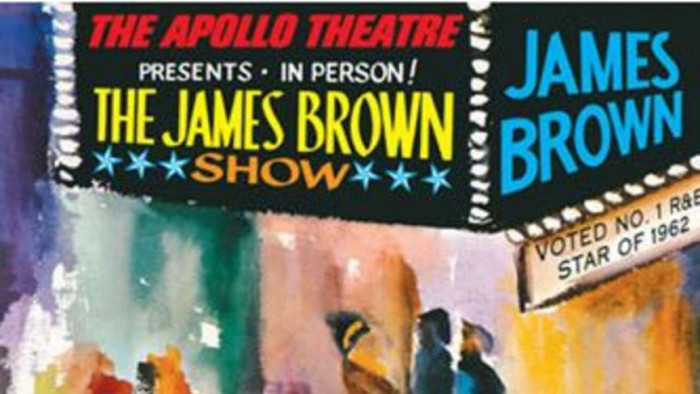
12. James Brown: Live At The Apollo (1963)
James Brown had many sobriquets: The Godfather of Soul; Mr Dynamite, Soul Brother Number One… but on his best album, Live At The Apollo, the most applicable is The Hardest Working Man In Show Business. You can smell the sweat cascading down the Harlem walls, as Brown lays down the roots for funk, hip hop, disco and every other black music worth its dancing trousers, in an extraordinary and generous display of visceral sonic power.
Key track: I’ll Go Crazy
Image Credit: King

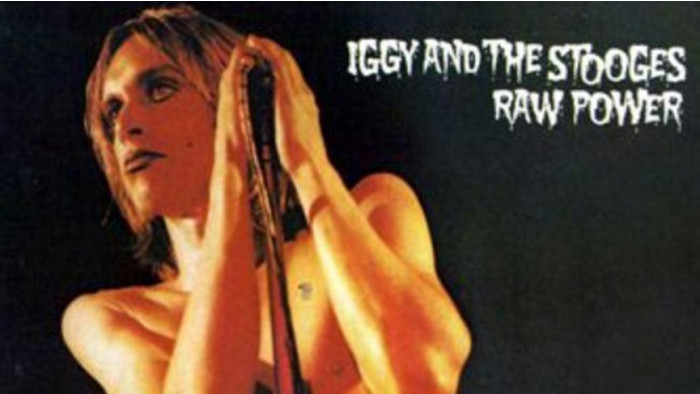
13. Iggy & The Stooges: Raw Power (1973)
Despite those unfortunate insurance adverts Iggy Pop remains one of music’s all-time fascinating characters. By embodying all of rock’n’roll’s contradictions he pervades his work with a wilful lunacy. None more so than on The Stooges’ final album, Raw Power. A glorious, messy and deranged parting shot, its swaggering nihilistic rock provided punk with a sonic template from which to fire its equally dangerous arrows.
Key track: Search & Destroy
Image Credit: Columbia Records

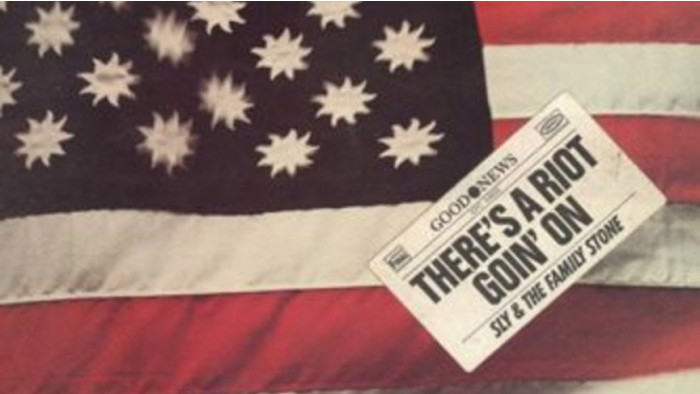
14. Sly & The Family Stone: There’s A Riot Goin’ On (1971)
By 1970, the flower power optimism that pervaded Sly & The Family Stone’s psychedelic classics Life and Stand! had all but run dry. Stone’s decadent lifestyle put paid to that. However, while the songs on There’ a Riot Goin’ On are certainly darker – the album’s title allegedly a riposte to Marvin Gaye’s What’s Goin On – the songwriting is still beyond reproach. The funk flipside to the decaying hippy era it remains a brooding, malevolent tour de force.
Key track: Family Affair
Image Credit: Epic

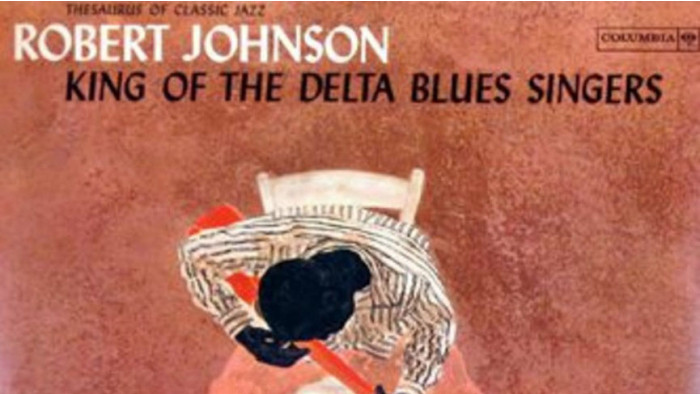
15. Robert Johnson: King Of The Delta Blues Singers (1961)
If popular music could be said to have a mythical father figure it is Robert Johnson. The story goes that he sold his soul to the devil in order to become a master blues guitar player. This Faustian story casts a long shadow over rock’n’roll and the flip side of fame – Johnson himself was murdered at the age of 27, thus becoming the original member of the 27 Club. However, this 1961 collection of recordings made in the Thirties explains the reason for Johnson’s voluble musical influence. Delta blues with a raw sexual energy, without it the likes of the Rolling Stones, Jimi Hendrix and co would have sounded very different.
Key track: Cross Road Blues
Image Credit: Columbia

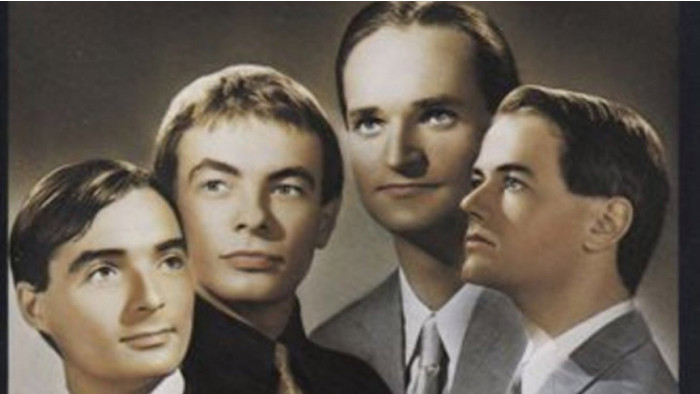
16. Kraftwerk: Trans Europe Express (1977)
Four Germans who resembled a pack of studious bankers doesn’t seem the most promising of musical beginnings. But everything about Kraftwerk turned convention on its head. Having emerged from the Krautrock movement, they truly found their voice on the synthesiser-led Autobahn. This success was replicated on Radio-Activity, before they issued their robotic pop magnum opus, Trans Europe Express. A formative influence on everything from hip hop to house and techno, this album – like all of Kraftwerk’s dazzling canon – still sounds like nothing else.
Key track: Trans Europe Express
Image Credit: Kling Klang

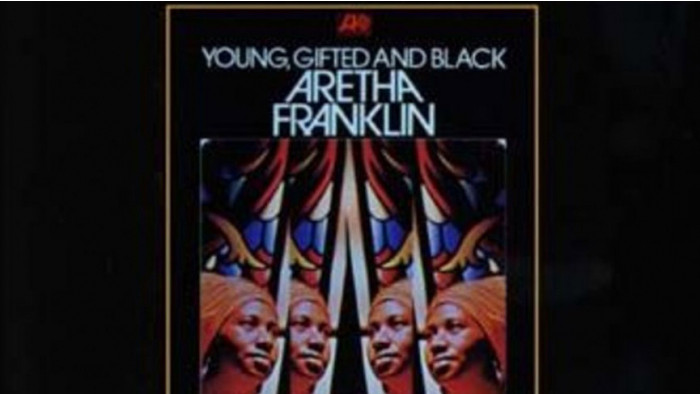
17. Aretha Franklin: Young, Gifted And Black (1971)
Singing songs written by Nina Simone, Lennon and McCartney and Bacharach & David, with the likes of musicians Dr John, Donny Hathaway and Billy Preston in the studio and Tom Dowd and Jerry Wexler among those in the producer’s chair, anyone other than Aretha Franklin could have been dwarfed by such illustrious company. Lady Soul utterly thrives, however. Buoyed by the black power rhetoric of the time, this is not only Franklin’s most celebratory album, it is her most incendiary: an unforgettable statement of soul by a musician working at the peak of her powers.
Key track: Rock Steady
Image Credit: Atlantic Records

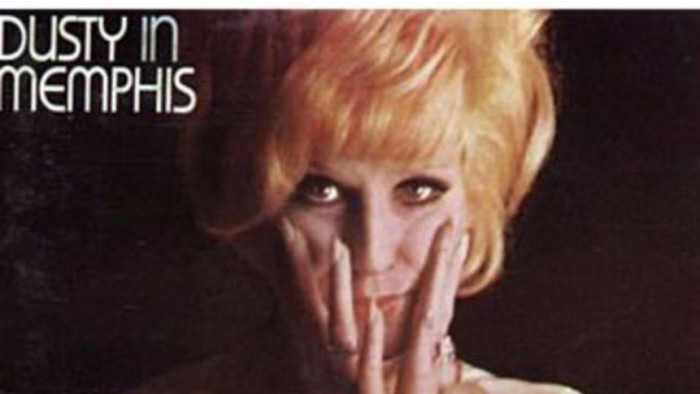
18. Dusty Springfield: Dusty In Memphis (1969)
Incredibly for a singer oozing a rare warmth and blessed with a vocal range the equal of US greats Aretha Franklin and Dionne Warwick, Dusty Springfield was suffering from a crisis of credibility come the late Sixties. Thankfully, having signed to the Atlantic label, it was decided to take her voice to its natural habitat, Memphis. The resulting album was a flawless and classic melange of powerful soul, mellifluous R&B and, vitally, infectious pop.
Key track: Son of a Preacher Man
Image Credit: Atlantic / Philips

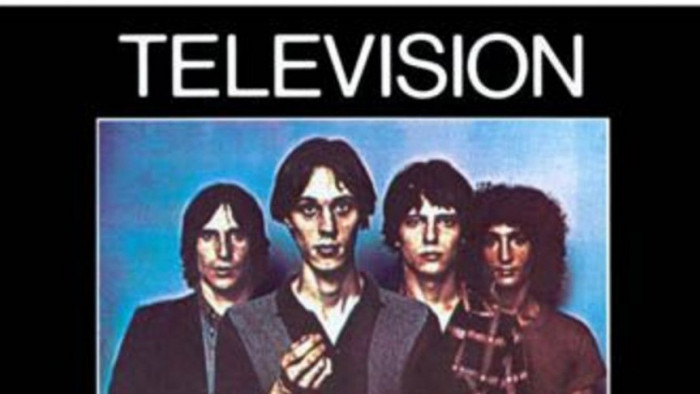
19. Television: Marquee Moon (1977)
Even more than Velvet Underground, the Ramones and Talking Heads, Television are the ultimate New York band. Arty, intellectual and well-versed in the seedier aspects of New York’s grimy underbelly, their sound reflected these contrasting influences as their debut album, Marquee Moon, attests. Moreover, the sparse, inventive sonics that coalesced so memorably on the album’s title track, would provide a template for every aspiring new wave band – from Sonic Youth to The Strokes – to emulate.
Key track: Marquee Moon
Image Credit: Elektra

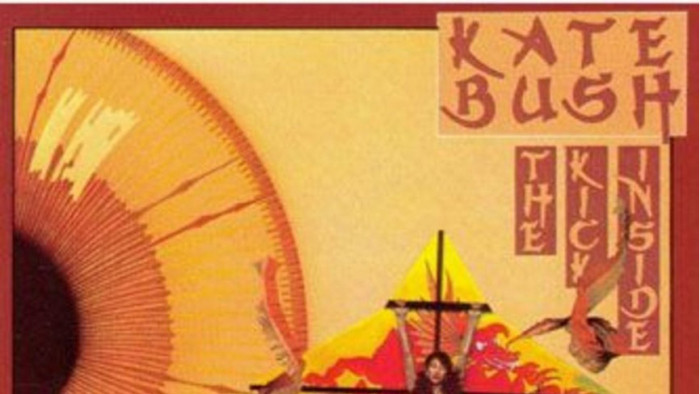
20. Kate Bush: The Kick Inside (1978)
The poise, grace and the sheer breadth of talent displayed on Kate Bush’s debut album, belies the fact that it was released when Bush was just 19. Propelled by the inordinate success of her first single, the staggering Wuthering Heights, The Kick Inside is a magical blend of dramatic rock and gentle balladry. Today, it sounds completely captivating, back then it must have seemed as though it was beamed in from another world.
Key track: The Man With The Child In His Eyes
Image Credit: EMI Records


21. Afghan Whigs: Gentlemen (1993)
Forget Nirvana, Mudhoney and Pearl Jam, the coolest band to emerge from the resolutely anti-cool grunge scene was The Afghan Whigs. Having displayed their Motown-Atlantic-Stax leanings on their Uptown Avondale covers EP, they went into soul-powered rock overdrive on their fourth album, Gentlemen. A lascivious, emotive and bittersweet portrayal of love torn asunder, its released coincided with Greg Dulli and co adopting a leaner, suit-wearing, aesthetic for their blistering live shows. The epitome of cool indeed.
Key track: Debanoir
Image Credit: Elektra

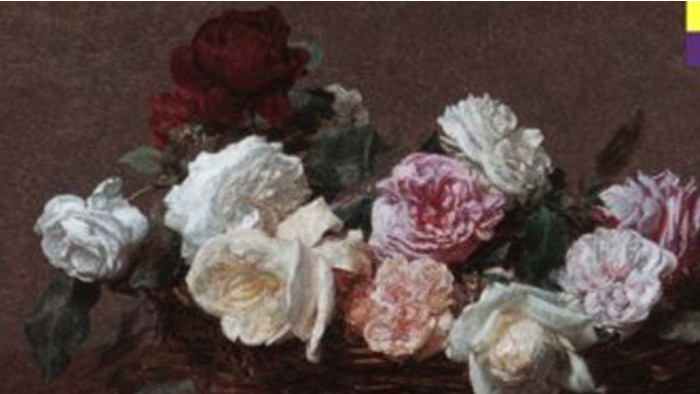
22. New Order: Power, Corruption & Lies (1983)
Melding dance and rock has never been the easiest of exercises. However, on their second album, New Order finally cracked it. Emboldened by what they’d seen – and heard - in New York’s energetic clubs, the band created the perfect fusion between machine-led grooves and human beauty. At a time when most British ‘indie’ groups were looking ever inward, New Order spread their wings and embraced the ecstatic stirrings in electronic music. Their home town of Manchester has certainly never been the same since.
'Key track:'' Your Silent Face
Image Credit: Factory

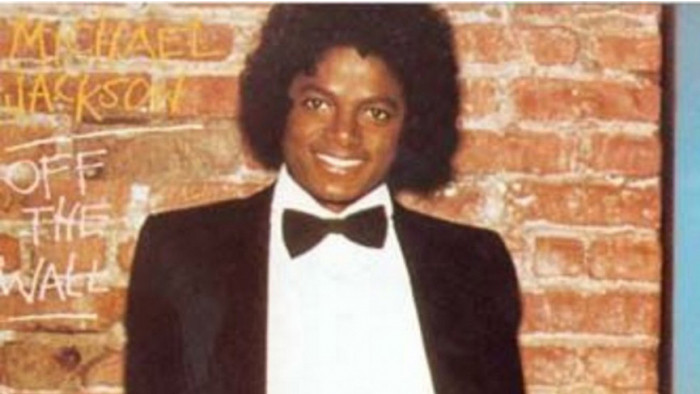
23. Michael Jackson: Off The Wall (1979)
Michael Jackson had jettisoned his first attempt at a solo career, so much was riding on the release of Off The Wall, his first solo album as an adult. He needn’t have worried. An unapologetic and optimistic record that celebrated pop in all its varied forms, it touched upon disco, soul, funk and soft rock, and was an unqualified success. Despite the elephantine success of later albums, Thriller and Bad, Jackson would never sound this carefree again.
Key track: Don’t Stop ‘Til You Got Enough
Image Credit: Epic Records

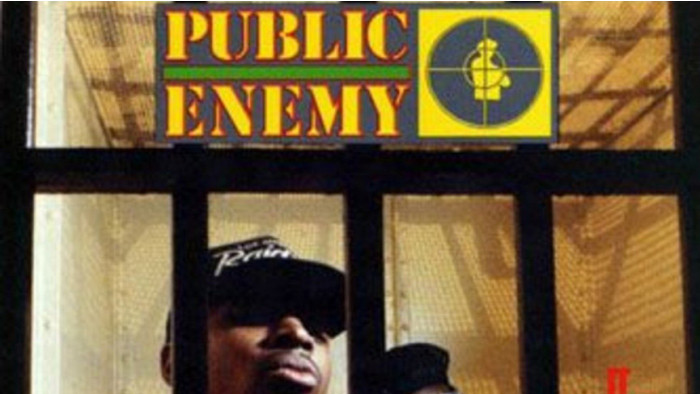
24. Public Enemy: It Takes A Nation Of Millions (1988)
Hip hop began as a means of getting people to dance at block parties. A decade after its inception, however, and thanks to the incendiary Public Enemy it sounded like the angriest music ever made. Their debut album, Yo! Bum Rush The Show, served notice of their intent, but it was on that record’s follow-up that their manifesto – both political and sonic – really came together. The production is a dense wall of sound, the lyrics righteous and taut. A revolutionary album in every sense.
Key track: Don’t Believe The Hype
Image Credit: Def Jam

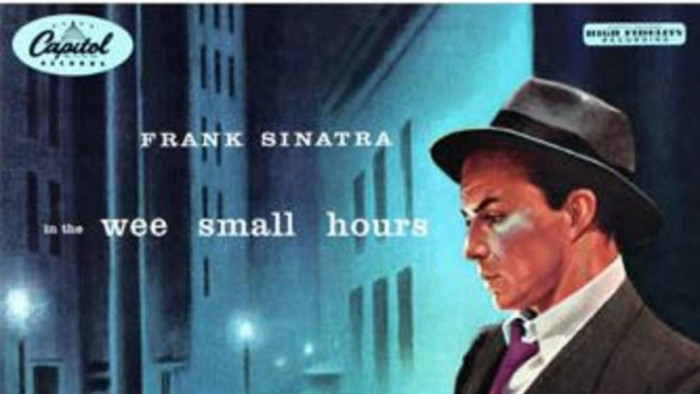
25. Frank Sinatra: In The Wee Small Hours (1955)
Frank Sinatra’s comeback and reinvention in the 1950s established a template that rock’n’roll would gladly emulate. But of more interest for would-be hipsters was the idea of a concept album. Having split from Ava Gardner, Sinatra poured himself into a series of thematic recordings that evoked the utter desolation only the end of a love affair can bring. At the age of 40, and parading a natty line in sharp suits, it’s arguable that The Chairman of the Board never looked cooler too.
Key track: Mood Indigo
Image Credit: Capitol

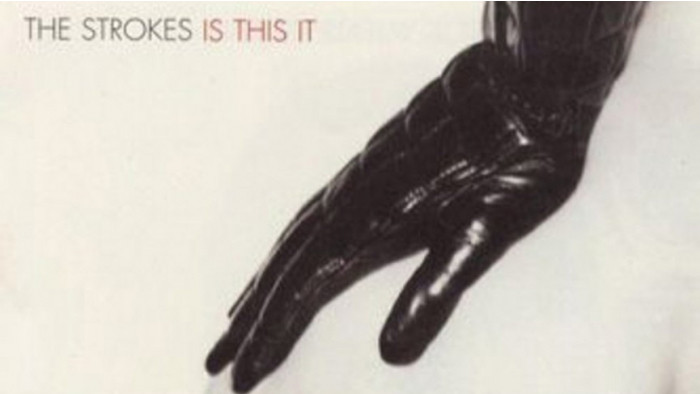
26. The Strokes: Is This It (Sept 2001)
Without The Strokes there would have been no new rock revolution and the last decade would have sounded dramatically different. By adopting all the cool traits of their hometown of New York – the devil-may-care sneer of a young De Niro, the new wave riffs of Television and the arch gang-like mentality of Velvet Underground – and reformatting them for a new century they imbued the central tenets of rock’n’roll with a new vitality. Impossibly cool; impossibly influential. Their finest album.
Key track: Last Nite
Image Credit: Rough Trade / RCA

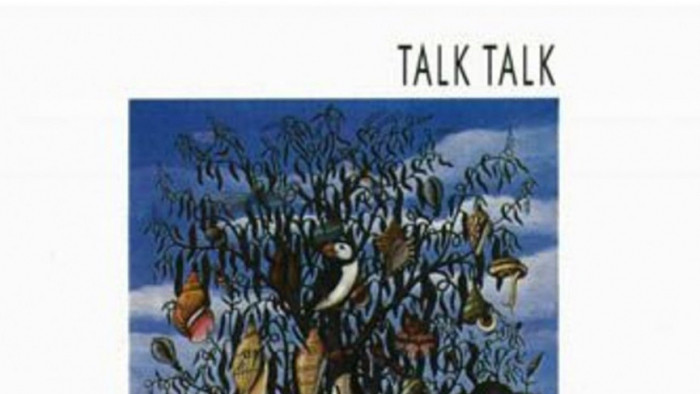
27. Talk Talk: Spirit Of Eden (1988)
Talk Talk’s first albums, especially It’s My Life and The Colour of Spring, were supreme examples of avant electro-pop. On their fourth album, Spirit of Eden, Mark Hollis’ outfit went even further, into territory generally populated by jazz musicians. The freeform nature of the sonic soundscapes in evidence were lapped up by both the burgeoning downtempo/chill out movement and those bands that would later be deemed post-rock. The likes of Sigur Ros, Portishead and Radiohead have all paid testament to its gauzy, trance-like versatility.
Key track: Eden
Image Credit: EMI

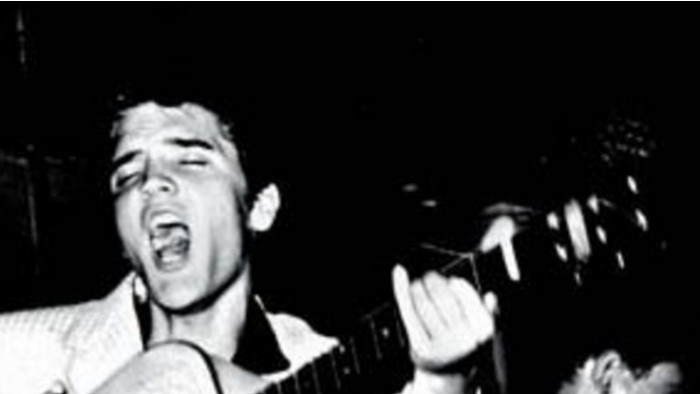
28. Elvis Presley: Elvis Presley (1956)
Before Elvis there was nothing. Not completely true – as our list demonstrates – but John Lennon’s oft-quoted line does highlight what a catalyst the boy from Tupelo, Mississippi was for rock’n’roll. And if it’s the music’s first heady rush you’re after, The King’s debut album captures it and more. From the opening Blue Suede Shoes to energetic interpretations of Tutti Frutti and I Got A Woman, this is seminal stuff. Iconic cover too.
Key track: Blue Suede Shoes
Image Credit: RCA Victor

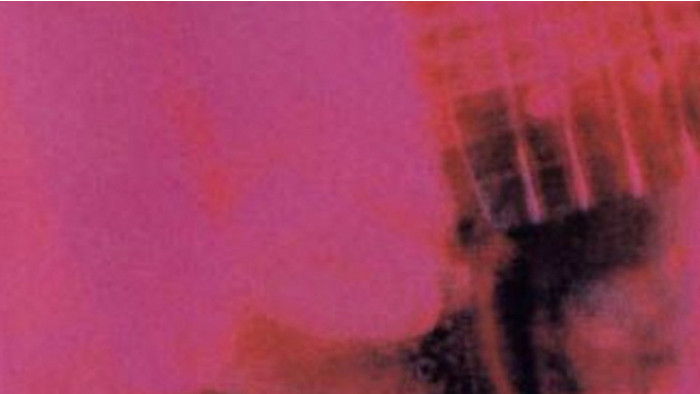
29. My Bloody Valentine: Loveless (1991)
Although lumped in with the rather insular shoegazing scene, My Bloody Valentine were always a purposefully singular outfit. Their first studio album, Isn’t Anything, hinted at their greatness, but it was their notorious second record, Loveless, that cemented their unique genius. A compelling fusion of naked noise, distortion and feedback with moments of vivid, almost transcendent, beauty, it was a testament to the vision of leader Kevin Shields. Whether or not it nearly bankrupted their label, Creation, matters little now: Loveless may have been a commercial failure, but in terms of the canon of popular music, it is nigh on untouchable.
Key track: Soon
Image Credit: Creation

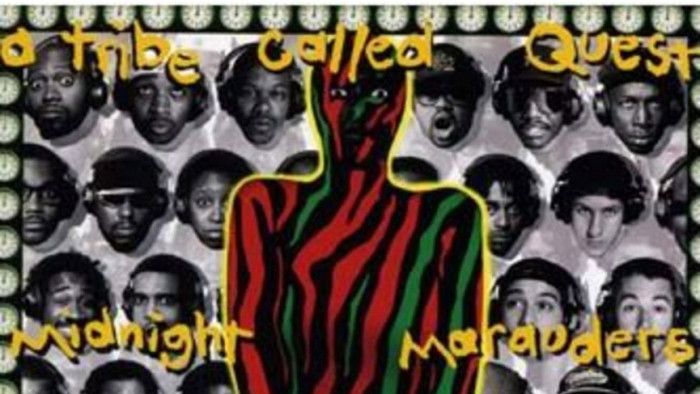
30. A Tribe Called Quest: Midnight Mauraders (1993)
If NWA displayed the rage inherent in much of hip hop, A Tribe Called Quest were the intelligent and poetic flipside to such braggadocio. Alongside Daisy Age cohorts De La Soul, Tribe combined sunshine-soaked iridescence with an emphasis on groove and flow. This jazz-like approach reached its apotheosis with Midnight Marauders. Building on 1991’s magical The Low End Theory, it confirmed the trio as hip hop’s most inventive – and exciting – outfit.
Key track: Award Tour
Image Credit: Jive

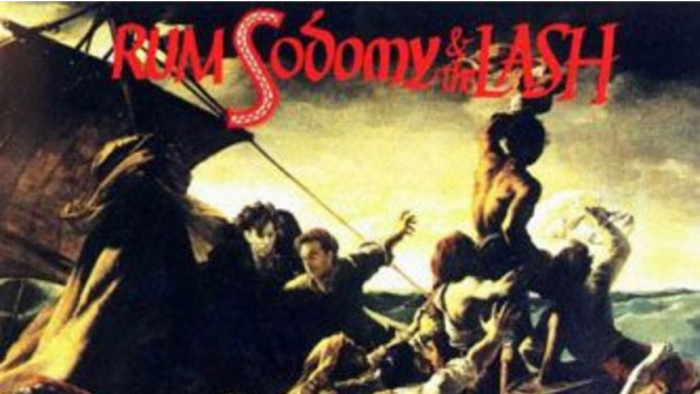
31. The Pogues: Rum, Sodomy & The Lash (1985)
The popular perception of The Pogues – informed, no doubt, by Shane McGowan’s volatile behaviour – is that of a barely-held-together outfit; their music as ramshackle as their modus operandi. And while it’s true that their music is wild, its expressive nature stems from The Pogues being a great band as their second album gloriously attests. McGowan’s anguished wail, a legacy of punk’s radical nature, is backed by a suite of stunning songs touching upon Celtic rebellion, cherished boozers and Jesse James. Music is rarely this fun, or poignant. A magical combination.
Key track: A Pair of Brown Eyes
Image Credit: MCA

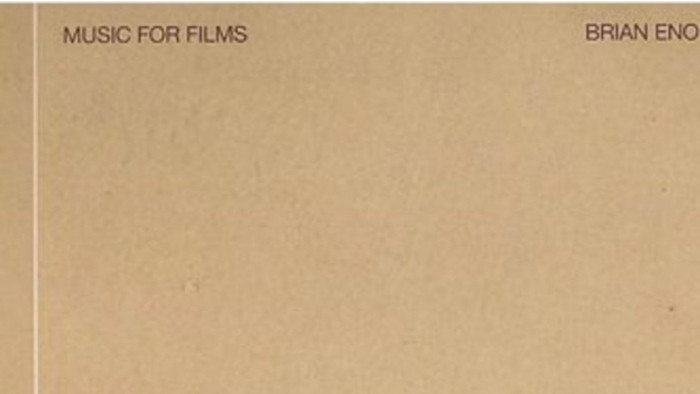
32. Brian Eno: Music For Films (1978)
Although not as feted as some of the musicians he has worked with, Brian Eno casts an almost unquantifiable shadow over contemporary music. His fascinating sonic experiments have formed the backbone of every musical genre from post-rock to electronica. And while you could make a case for Here Come The Warm Jets, Discreet Music or Ambient 1: Music For Airports, as his best album, Music For Films is certainly his coolest. An astonishing piece of abstract ambient sounds it is a thoroughly bewitching listen.
Key track: From The Same Hill
Image Credit: EG

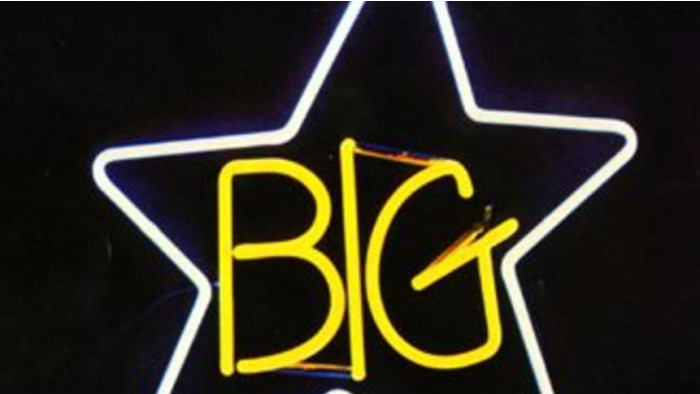
33. Big Star: #1 Record (1972)
If record sales were comparable to a band’s influence, Big Star would have been the biggest selling band of all time. As incredible as it sounds today, in the early Seventies, the melodic pop proffered by the Beatles was at an all-time nadir. Alex Chilton and his band of Memphis musicians saw it differently. Their exuberant debut album is a hymn to timeless songwriting. Amazingly, it sold next to nothing, but it, and their following two albums, would go on to inspire everyone from REM to Primal Scream.
Key track: The Ballad of El Goodo
Image Credit: Ardent

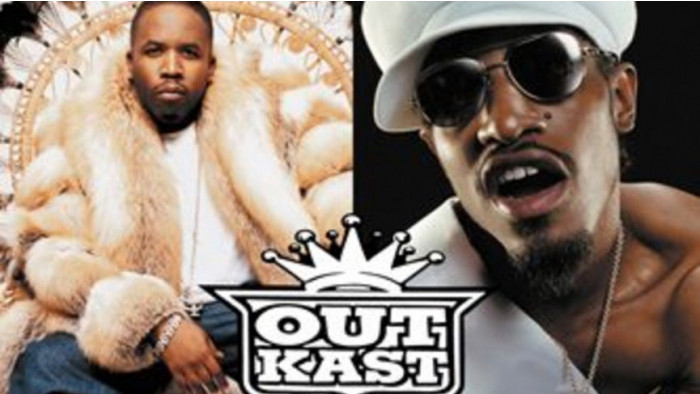
34. OutKast: Speakerboxxx/ The Love Below (2003)
As hip hop began to eat itself in the Noughties one outfit waged a battled against the myopia that had entrapped this once fertile of all musical mediums. That band was OutKast, and Speakerboxxx/The Love Below was their creative zenith. In effect two albums, Big Boi’s Speakerboxxx and Andre 3000’s The Love Below, both shared the same celebratory, free-wheeling vision. Speakerboxxx is defiantly funk-laced hip hop, while the multi-coloured symphonies of The Love Below recall Prince’s golden age. On their own the albums gave hip hop new avenues to explore; together they deliver a potent punch.
Key track: Hey Ya!
Image Credit: Arista Records

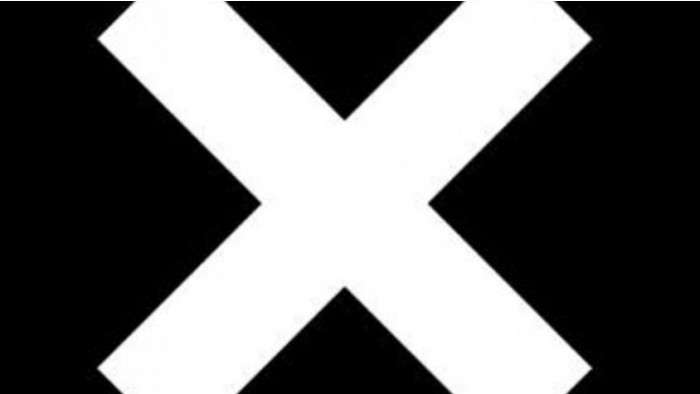
35. The Xx: Xx (2009)
Appearing like the illegitimate offspring of The Jesus and Mary Chain and Missy Elliot, the xx displayed a preternatural grasp of mystery on their self-titled debut album. Their songs are barely there – gossamer-light sonics gently haunt the air, what isn’t there as captivating as what is – but somehow they bury themselves deep inside your mind. Everything from dubstep and R’n’B to indie rock and the metallic sheen of new wave post punk lurk in the album’s shadowy sonics making this a brave, enchanting and stylish listen.
Key track: Night Time
Image Credit: XL

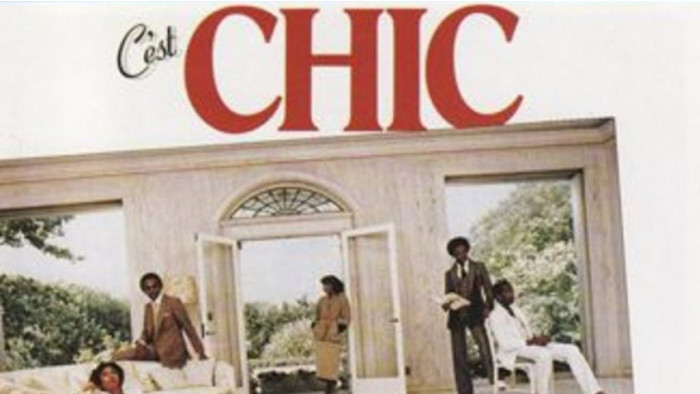
36. Chic: C’est Chic (1978)
Chic were the archetypal disco outfit: impossibly glamorous, funkier than Sly Stone’s afro and possessed of a dancefloor nous that other musicians could only dream of. Their second album was their defining moment. Every track suggests some elegant New York night club (quite possibly Studio 54), while remaining resolutely accessible. Without C’est Chic, hip hop, house and techno would have sounded dramatically different, and, even more importantly, worse. Still think disco sucks? Put C’est Chic on your record player.
Key track: Le Freak
Image Credit: Atlantic

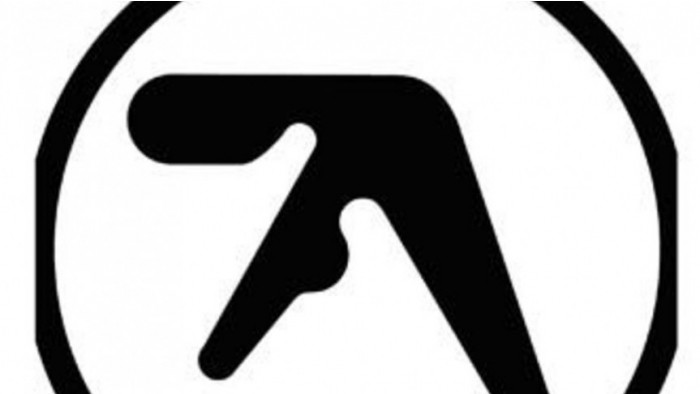
37. Aphex Twin: Selected Ambient Works 85-92 (1992)
If the sine qua non of cool is being beholden to no one, than Richard D James, aka Aphex Twin, is one of the coolest musicians extant. This, his first album, is one of the most inventive records ever. Displaying a composer-like mastery of his sonics, James melded techno, acid, ambient and electronica to create something that sounded utterly new. Its influence is still being felt today, 20 years after its release.
Key track: We Are The Music Makers
Image Credit: Apollo

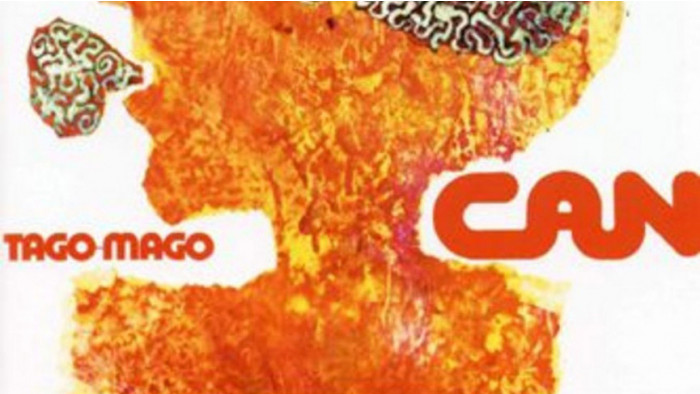
38. Can: Tago Mago (1971)
Krautrock can be an unforgiving beast. Like jazz it gave no thought to the three-minute pop song, preferring freeform grooves that wandered from note-to-note like some sonic picaresque novel. Can’s Tago Mago is a fantastic example of this. On paper it sounds like a mess – jazz, rock, ambient and funk all fighting for space. In reality, it hangs together as a mad, hypnotic symphony. Happy Mondays, Public Image Limited and The Fall were certainly listening.
Key track: Halleluhwah
Image Credit: United Artists

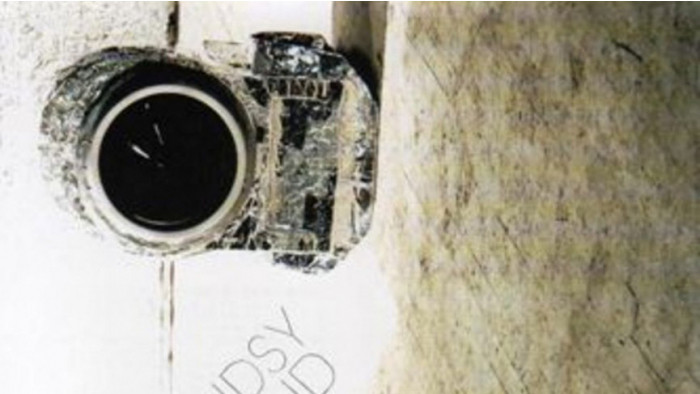
39. LCD Soundsystem: Sound Of Silver (2007)
LCD frontman James Murphy might have penned the coruscating anti-hipster anthem Losing My Edge, but in reality his band were not only one of the coolest bands of the last decade, but one of the coolest outfits ever. Their second album is the epitome of this cool/not cool dichotomy. A rousing, irreverent and manically sarcastic release, it bought together all of Murphy’s musical obsessions – hardcore, post-punk, house, disco and Krautrock – and coalesced them in one brash and magnificent whole.
Key track: All My Friends
Image Credit: EMI

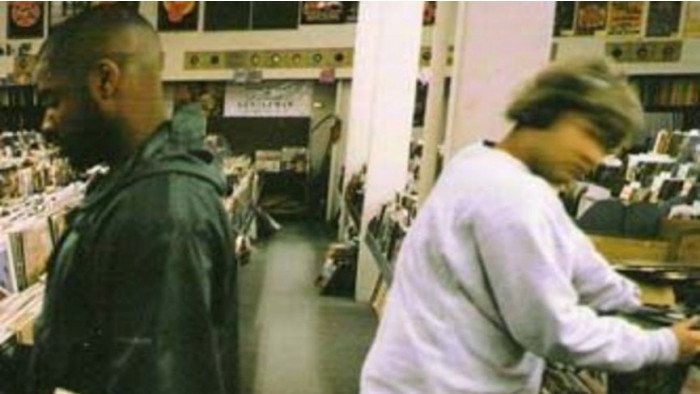
40. DJ Shadow: Endtroducing (1996)
By the mid-Nineties the idea that there was to be no new revolutionary music was a persuasive one. So what DJ Shadow did was to create a new form using existing music. His debut album was stitched together using samples – in fact it appears in the Guinness Book of Records as the first album created from such a source. Instrumental hip hop in nature, but touching upon psychedelic rock, jazz, funk and esoteric soundtracks, the resultant album was revelatory. Even today it sounds incredible.
Key track: The Number Song
Image Credit: Mo' Wax

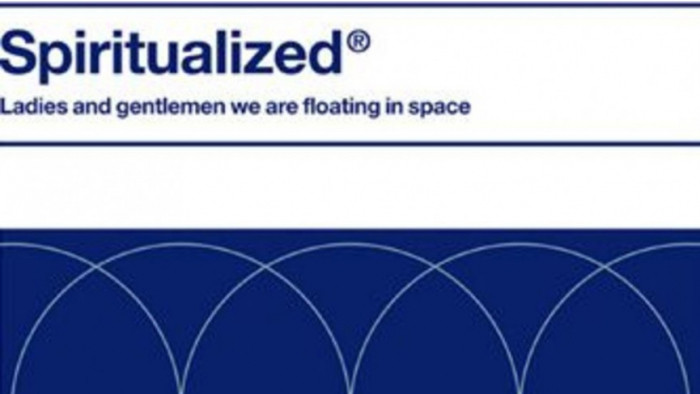
41. Spiritualized: Ladies And Gentleman We Are Floating In Space (1997)
Jason Pierce had always been ambitious when it came to pushing sonic boundaries, but on his third Spiritualized album he outdid himself completely. Previously – in Spacemen 3 and Spiritualized – his music had been deemed space rock. But this actually is space rock. The dynamic of rock’n’roll is completely redrawn, as if broadcast from another dimension. Gospel, ambient, New Orleans funk, electronica and psyche rock all thrown into one heady, hypnotic and ecstatic stew. Spiritual music for a secular age.
Key track: Come Together
Image Credit: Dedicated

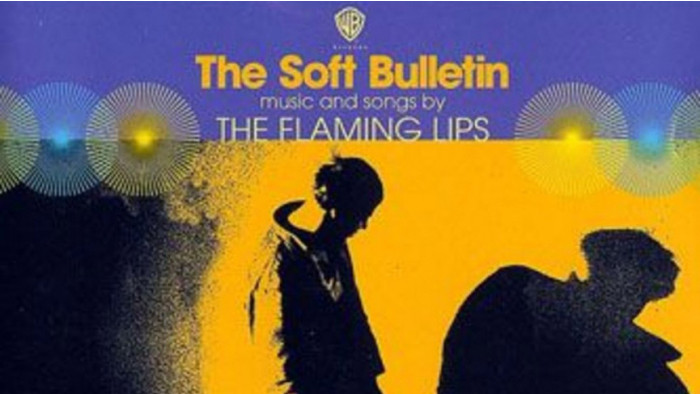
42. The Flaming Lips: The Soft Bulletin (1999)
The Flaming Lips are the rightful heirs of The Band, Love and Buffalo Springfield: a bunch of freak flag flying hippies keeping the flame of cosmic Americana alive. The Soft Bulletin is their greatest moment. A joyous, epic and daring slice of symphonic pop, it is both expansive and experimental, but reassuringly familiar and accessible. Released at the tail end of the 20th Century, it was a fitting and dramatic finale to what was a tumultuous age.
Key track: Race For The Prize
Image Credit: Warner Bros

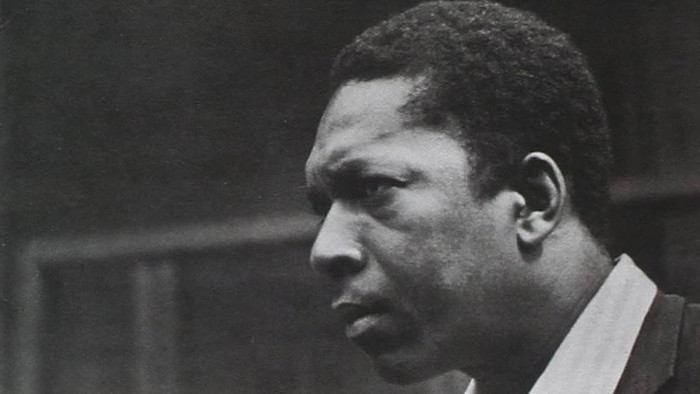
43. John Coltrane: A Love Supreme (1965)
This is one of the most perfect jazz albums of all time, a four-part epic intended as an exploration of Coltrane’s relationship with God. Of course, you don’t need any faith yourself to get what’s going on here. It’s artistic and complicated, and yet full of memorable and catchy sax lines that will stay with you all day. It’s a masterful album that should ideally be consumed as a single mesmeric whole.
Key track: Resolution

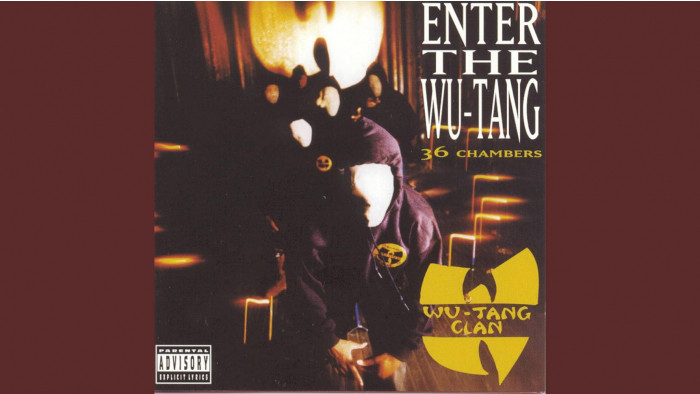
44. Enter the Wu-tang (36 Chambers): Wu-tang Clan (1993)
30 years old and still as vital today as it was when it debuted in 1993, Enter The Wu-tang is rightly revered as one of the best hip-hop albums ever. From its kung-fu samples to its dark, raw production values the album was perfect folly to the laid-back G-Funk happening over on the Wes Coast of America. Couple this with nine members who are all lyrical geniuses and solo artists in their own right - thanks to the genius business idea that allowed the band to all have their own solo contracts - and the instant iconography of the Wu-tang logo and what you have is a hip-hop game changer.
Key track: C.R.E.A.M

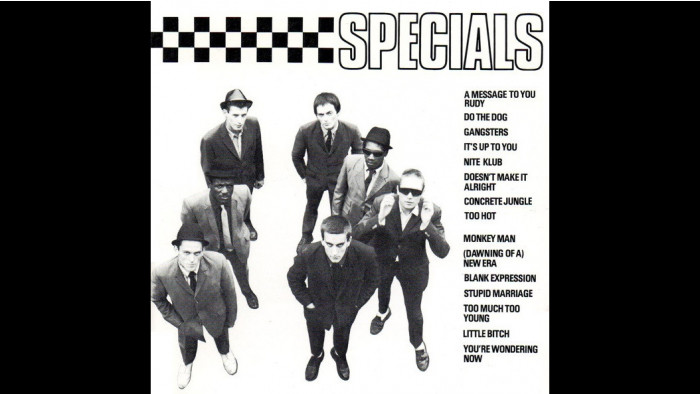
45. Specials: The Specials (1979)
The UK's economic crisis in the 70s and 80s, particularly in the Midlands, was a dark time for many. But out of this gloom came a band that married politics with grooves, Jamaican ska with punk. Their 2 Tone sound was unique, a multicultural stew with that was thick with meaty horns and left-wing leanings. The album may be a bit off a hodgepodge of ideas but when the songs work, they soar.
Key Track: A Message To You Rudy

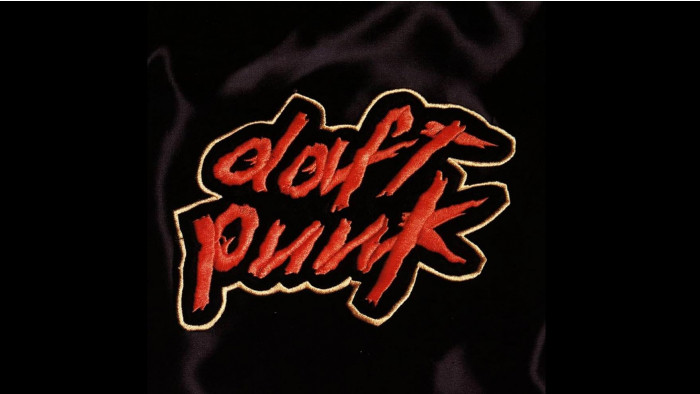
46. Homework: Daft Punk (1997)
All of Daft Punk's albums have an air of cool about them but there is something about their debut that just utterly wins you over. It's an album adored by future EDM folks, while it also gives the older generation something to dance to, thanks to its post disco bops. Then there's tracks like Alive for the techno heads. In fact, it's a 75 minute tour de force through electronic music from the 70s to the 90s, that ended up setting the stall for what dance music would sound like going forward.
Ket Track: Around The World

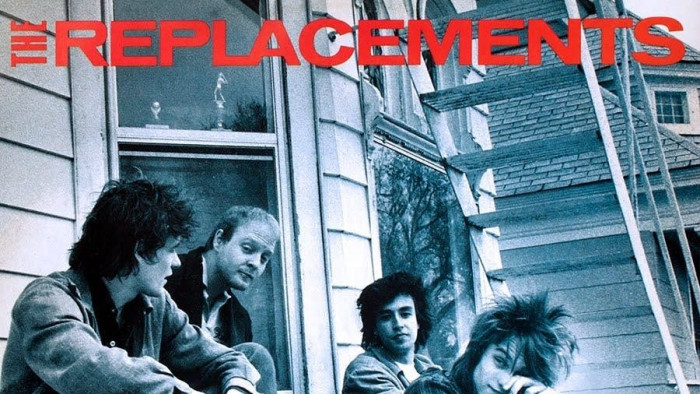
47. The Replacements: Let It Be (1984)
If you’ve never heard of The Replacements, well, the band only has itself to blame. The most self-destructive band in rock history — a dubious honour that’s no mean feat to claim — the Minneapolis post-punks paved the way for American alternative rock in much the same way The Smiths did for UK indie. Let It Be is the highlight in a catalogue of cult-classic albums — a coming-of-age album both in terms of the record’s lyrical themes and the band’s musical ambitions. From the blistering Favorite Thing to the forward-thinking and beautifully plaintive Androgynous, newcomers will have just found their favourite new (old) band.
Key track:Androgynous

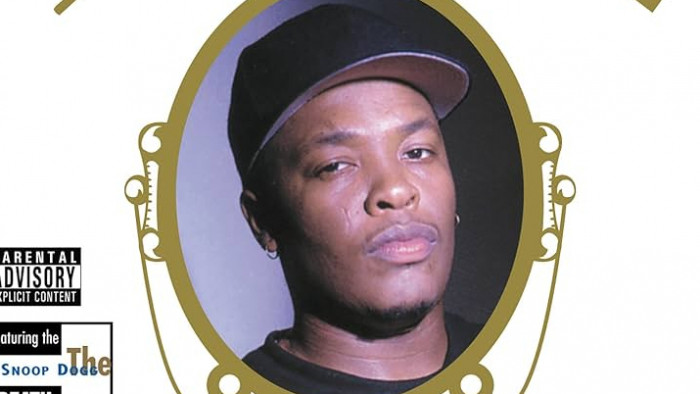
48. Dr Dre: The Chronic (1992)
Not only the album that saw Dr Dre become hip-hop tour-de-force in his own right, removed from the weight of his N.W.A past, but The Chronic was also, for most people, their first introduction to the kick-back delights of Snoop Dogg. An early highlight in an illustrious production career, Nuthin’ But A “G” Thang still has perhaps the most recognisable hook in rap. This album was one of the first in the G-Funk era - its slower beats pairing perfectly with the blunt smoke and Gin & Juice.
Key track:Nutin' But A "G" Thang

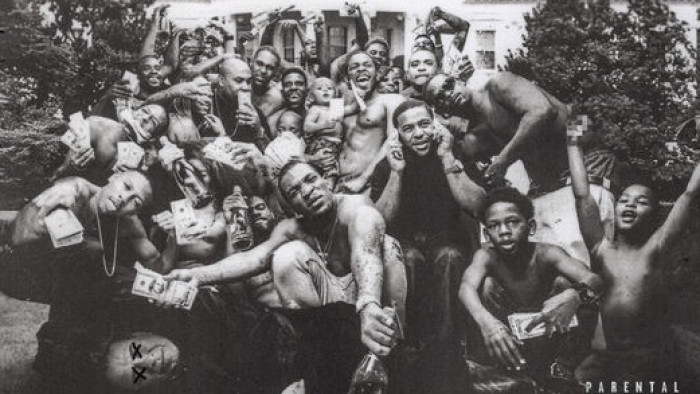
49. Kendrick Lamar: To Pimp a Butterfly (2015)
One of the greatest hip-hop albums of the time, with some tracks - Alright - now part of the political consciousness. Wrap around some majestic rapping with rhymes that will be studied for years to come and Kendrick Lamar may end being the artist who changed hip-hop forever.
Image Credit: Interscope

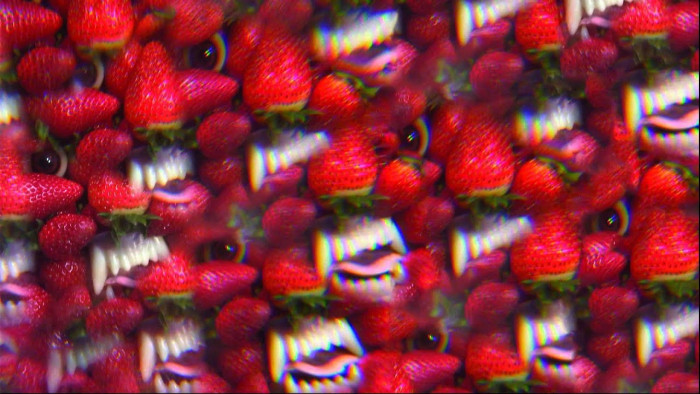
50. Oh Sees: Floating Coffin (2013)
San Francisco garage rock band Oh Sees have been around in one form or another since the late 90s, and yet are still famed for their high energy live shows. They have also gone under a handful of names in that time, from Orinoka Crash Suite in the early years to Osees, Thee Oh Sees, Oh Sees and OCS. More than 30 albums have borne these names to date, but 2013’s Floating Coffin is a good place to start. It’s loud, chaotic and ramshackle in the best way.
Key track: Toe Cutter - Thumb Buster


51. Orbital: Orbital (The Brown Album) (1993)
When acid house threatened to usurp indie music in the early Nineties, rock bores moaned that the immediate rush of dance music meant that its practitioners couldn’t do full-length albums. And then Orbital released their second self-titled album. A monumental leap forward, it combined dancefloor-slaying anthems (Lush 3.1, Lush 3.2 and Halcyon + On + On) with masterly widescreen electronica. It hung together like the best albums should and enabled them to conquer Glastonbury the following year.
Key track: Lush 3.1
Image Credit: FFRR

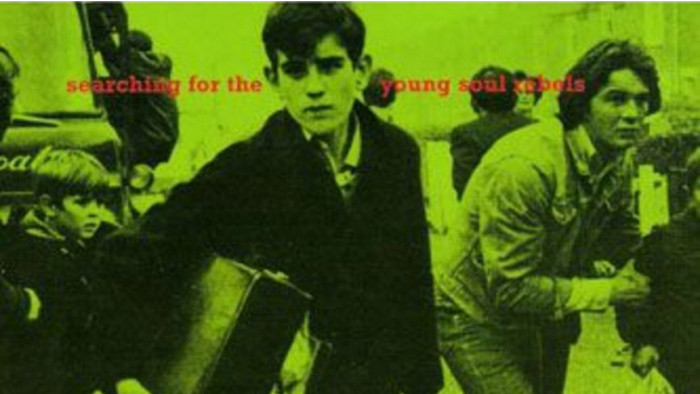
52. Dexy’s Midnight Runners: Searching For The Young Soul Rebels (1980)
The coolest bands have always resembled a mythical last gang in town. So it was with Dexys Midnight Runners. Looking like they’d just stepped off the set of a remake of On The Waterfront, their debut album, the evocatively titled, Searching For The Young Soul Rebels, set a new benchmark for Motown-infused rock’n’roll. Making it might not have been a joy, the dictatorial demands of band leader Kevin Rowland forcing most of the band to quit after its release, but for listeners it was an unforgettable experience.
Key track: There, There My Dear
Image Credit: Parlaphone

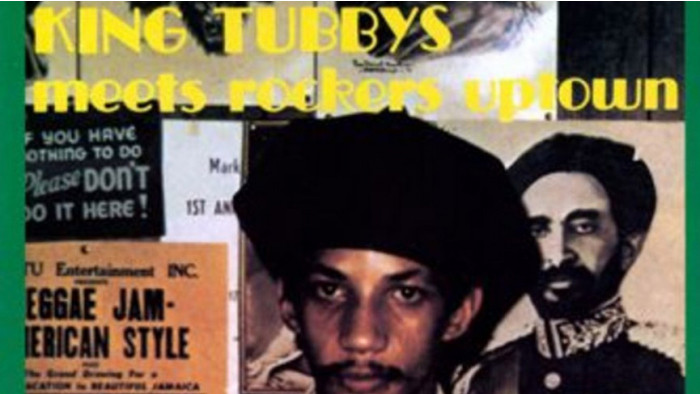
53. Augustus Pablo: King Tubby Meets Rockers Uptown (1976)
Dub is the ultimate in studio manipulation: a progenitor of all the various forms of dance music that followed it, in particular electronica. And King Tubby Meets Rockers Uptown is the ultimate expression of this hypnotic form of experimentation. Augustus Pablo is the musical brains behind the project; King Tubby the sonic scientist that moulded the tunes into something extraordinary. Its influence on post-punk, trip hop, dubstep, ambient and even disco cannot be overestimated.
Key track: King Tubby Meets Rockers Uptown
Image Credit: Clocktower Records

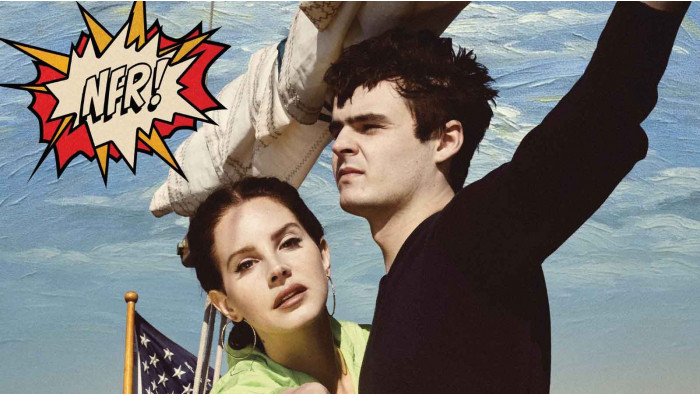
54. Lana Del Rey: Norman Fucking Rockwell! (2019)
Positively Lynchian, both in its music and the stories it conjures, Norman Fucking Rockwell! is sardonic and sword-sharp in its sordidness. With the US in the state it's in, there needs to be someone with LDR's eye for everyday America and she does it perfectly.
Image Credit: Polydor

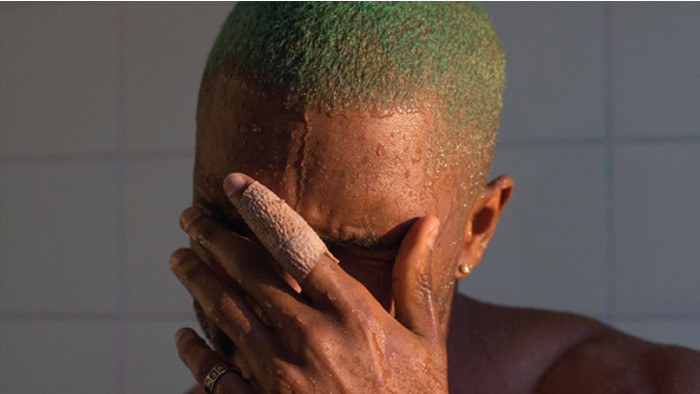
55. Frank Ocean: Blonde (2016)
A records that lacks beats and cohesion but boy is it a beauty. Where else can you find collaborations with the likes of Beyoncé, Kendrick Lamar, James Blake, Johnny Greenwood and André 3000 but be hard pushed to know what they do on the album? That's because they are weaved intricately into the fabric of a suit that Frank Ocean wears, like a boss.
Image Credit: Boys Don't Cry

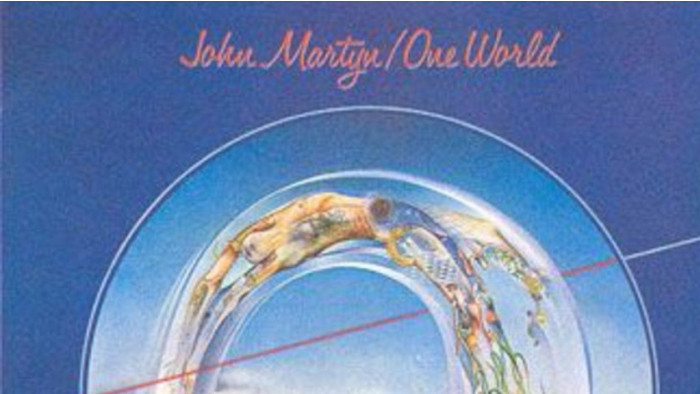
56. John Martyn: One World (1977)
On his 1973 album, Solid Air, folk legend John Martyn inadvertently created a chill-out classic. Four years later, his haunting, soporific grooves rubbed shoulders with dub – including work with Lee Perry on Big Muff – jazz and snatches of proto electronica. The result, One World, is mesmerising. Martyn’s voice hovers between gruff and delicate, while the crepuscular musical movements, most notably on the closing Small Hours, are entrancing.
Key track: Small Hours
Image Credit: Island Records

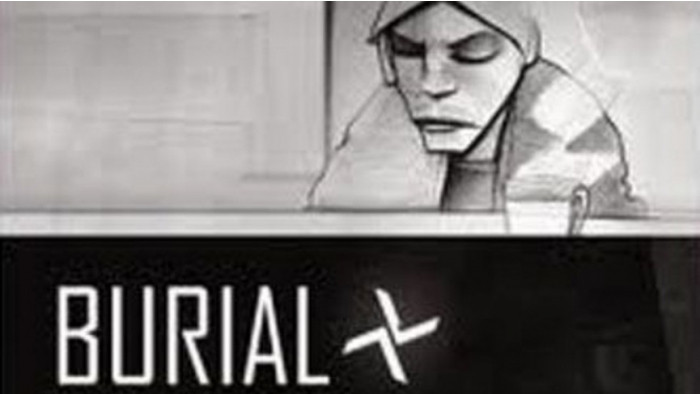
57. Burial: Untrue (2007)
Burial is not the first electronic auteur to prefer anonymity to hyped saturation (Basic Channel, Drexicya and Underground Resistance all saw it as a badge of honour), but by 2007, most producers played ‘the game’ to a certain point. Not dubstep pioneer Burial. But that’s not what makes his second album so alluring. Untrue thrills with the shock of the new, and yet, at the same time, sounds nostalgic, its rave-like decelerated grooves and atmospheric traces of garage both romantic and melancholic. An album bravely pushing music forward while clearly in thrall to what has gone before.
Key track: Archangel
Image Credit: Hyperdub

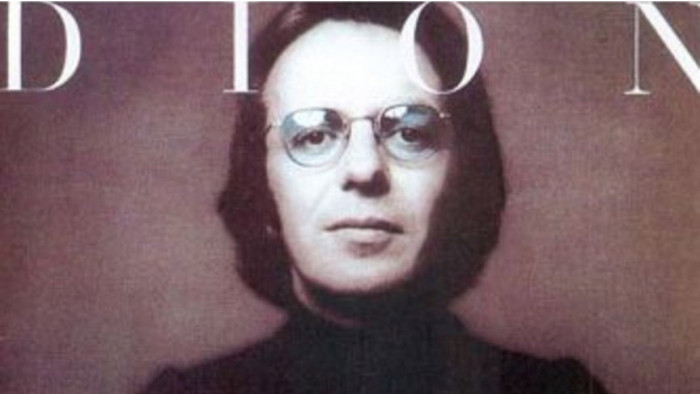
58. Dion: Born To Be With You (1975)
Most musicians that publicly rubbish one of their own records do so with good reason. However, and without wishing to castigate the taste of one Dion DiMucci, he is wrong to criticise his 1975 album, Born To Be With You. Hailed as one of the greatest albums ever made by Pete Townshend, Jason Pierce and Richard Ashcroft, Born To Be With You was created with the divisive figure of Phil Spector as producer. As such, its blue-eyed soul is a widescreen work of wonder.
Key track: Born To Be With You
Image Credit: Phil Spector Records

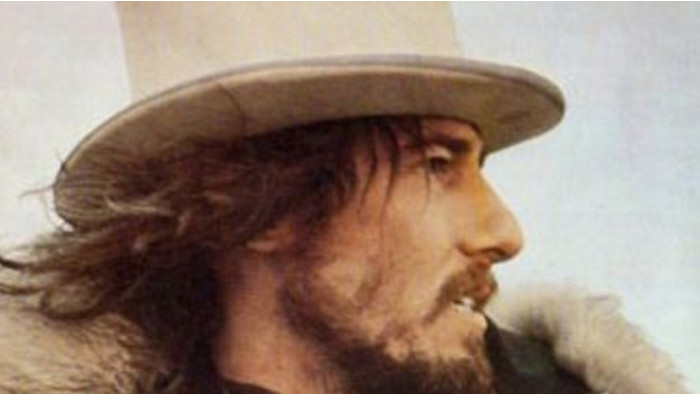
59. John Phillips: John, The Wolf King Of LA (1969)
As the principal songwriter in sunshine-soaked, melody merchants The Mamas & Papas, John Phillips knew his way around an irresistible hook. As a confirmed drug abuser, he was also familiar with the dissolute end of the Sixties dream. Both elements combined to stunning effect on his debut solo album. A dazzling mix of folk, country, gospel, rock and languid pop, it was, incredibly a commercial flop. Successive generations of songwriters have since paid testament to its musical majesty.
Key track: April Ann
Image Credit: Dunhill


60. ESG: Come Away With ESG (1983)
It’s an unfortunate music biz fact that not every band or artist can reap the cool currency they engender during their lifetime – see the aforementioned Big Star for further proof. ESG, composed of the four Scoggins sisters from New York - know this better than most. Listened to today their imaginative debut album – a mix of post-punk, new wave, funk and hip hop friendly dance-led grooves – sounds thrilling, back then it seemed to fall between the gaps. Unearthed by crate diggers a decade ago, it was one of the most influential records of the early noughties. A shame it only took 20 years.
Key track: Moody
Image Credit: 99 Records

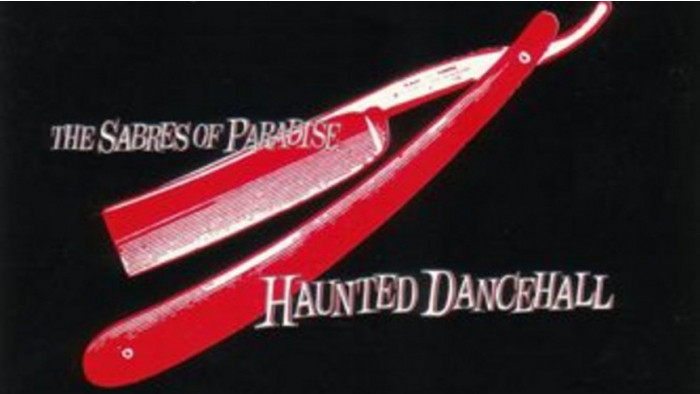
61. Sabres Of Paradise: Haunted Dancehall (1994)
Andy Weatherall is one of the most pivotal figures in recent musical history. A renowned acid house DJ, he made his name with Primal Scream (both as remixer and producer), going onto form experimental techno/electronica outfit Sabres of Paradise. Their second album, the conceptual ode to London’s shadowy after hours world, Haunted Dancehall, demonstrated that dance music had a future away from mindless bosh-bosh four-to-the-floor repetition. Incorporating discordant dub and post-punk into their minimal techno template, this was a landmark dance music release.
Key track: Theme
Image Credit: Warp


62. Beyoncé: Beyoncé (2013)
While the visual album part of the album may well fall away in time, the music here is just utterly impressive with Beyonce in her prime. She raps, facilitates her falsetto and charges her way through a number of songs, each layering on top of the other to create a stunning statement.
Image Credit: Columbia Records
- The best rock albums of all time
- The best Britpop albums, revealed
